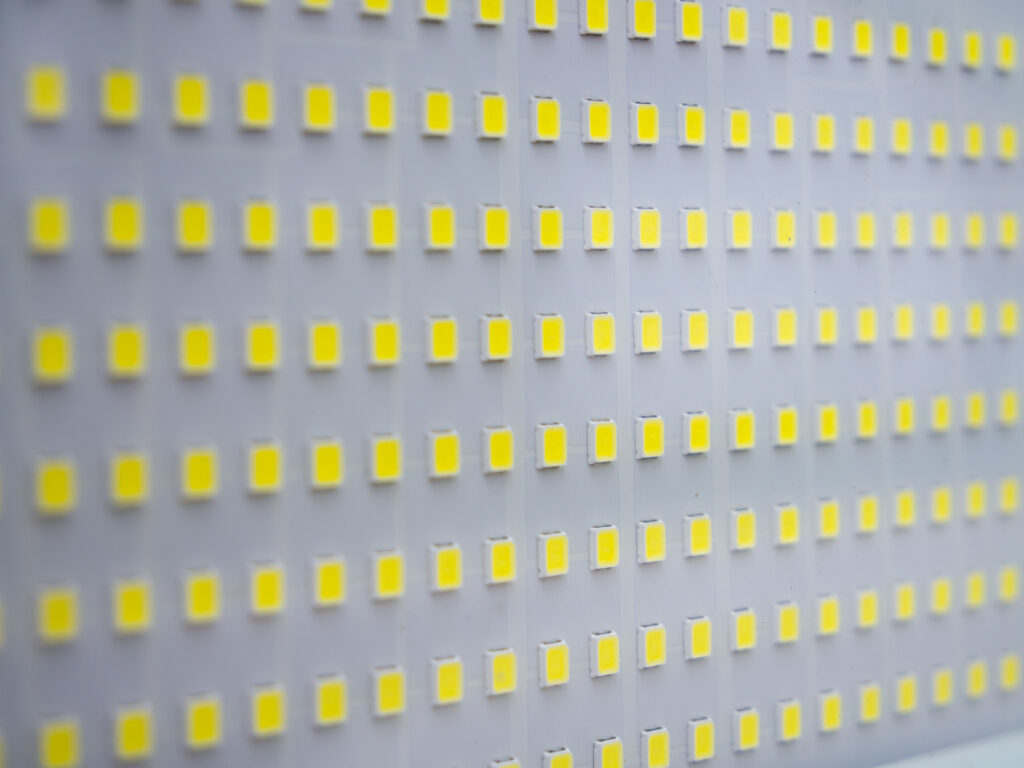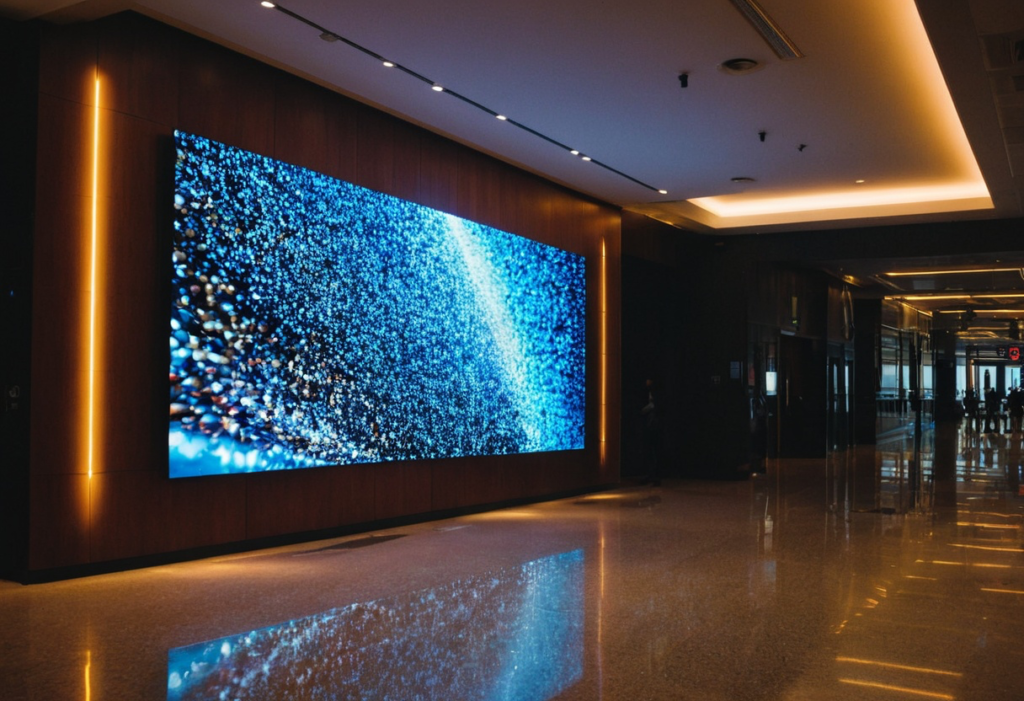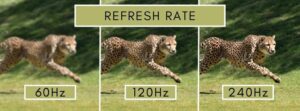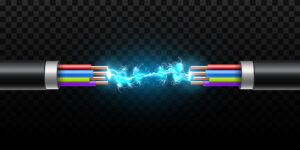Understanding Pixel Pitch in dvLED Video Wall Displays

In the dynamic world of digital displays, direct view LED video walls are becoming increasingly popular for a wide range of applications, from outdoor billboards and sports arenas to indoor signage and immersive experiences. A crucial aspect that determines the quality and performance of these displays is the pixel pitch. Understanding pixel pitch is essential for making informed decisions when selecting an dvLED video wall for your specific needs.

What is Pixel Pitch?
Pixel pitch, also known as dot pitch, is the distance in millimeters between the centers of two adjacent LED pixels in a display. It is typically denoted as P followed by a number (e.g., P2.5, P10). The number represents the distance in millimeters. For example, a P2.5 LED display has a pixel pitch of 2.5mm.
Importance of Pixel Pitch
Pixel pitch directly influences several key attributes of a dvLED video wall:
Resolution: Unlike standard displays where resolutions like 4K (3840×2160) and 1080p (1920×1080) are common, dvLED walls can have custom resolutions depending on their size and pixel pitch. A smaller pixel pitch means more pixels are packed into a given area, resulting in higher resolution and finer detail. This is particularly important for applications where viewers are close to the screen, such as in retail stores or corporate settings. To determine the resolution of a dvLED wall, you need to know its dimensions and pixel pitch. Here’s how to calculate it:
Resolution (pixels) = Physical Size / Pixel Pitch
Viewing Distance: The optimal viewing distance for an LED video wall is directly related to its pixel pitch. Generally, the industry rule used is 1-meter viewing distance for every millimeter of pixel pitch. That’s why a smaller pixel pitch is suitable for shorter viewing distances, while a larger pixel pitch is appropriate for longer distances. For instance, a P2.5 display is ideal for viewers who are at least ten feet away, whereas a P10 display is better suited for viewers at a greater distance such as in an arena.
Visual Quality: The clarity and sharpness of the images and videos displayed on an LED video wall are significantly affected by the pixel pitch. Smaller pixel pitches provide crisper and more vibrant visuals, making them perfect for high-definition content and detailed graphics.
Cost: Pixel pitch also impacts the cost of an LED video wall. Displays with smaller pixel pitches are typically more expensive due to the higher density of LEDs required. Based on the total number of pixels on a wall, the total number of processor cards and size of video processor must increase to match. Therefore, it’s essential to balance the need for resolution and viewing distance with budget constraints.
 Choosing the Right Pixel Pitch
Choosing the Right Pixel Pitch
Selecting the right pixel pitch involves considering the specific requirements of your application. Here are some general guidelines to help you make an informed decision:
- Determine the Viewing Distance: Identify the typical distance between the viewers and the LED video wall. For close-up viewing, such as in retail environments or control rooms, opt for a smaller pixel pitch (P1.2 to P3). For larger venues like concert halls or outdoor advertising, a larger pixel pitch (P5 to P10) is more suitable.
- Content Type: Consider the type of content you will display. If you need to showcase high-definition videos, intricate graphics, or detailed data, a smaller pixel pitch is necessary to ensure the content is clearly visible.
- Budget Considerations: Balance your budget with the desired visual quality. While smaller pixel pitches offer higher resolution, they come at a higher cost. Determine the level of detail you need without overspending.
- Environmental Factors: Consider the installation environment. For outdoor displays, factors like brightness, weather resistance, and durability are also important alongside pixel pitch.
Future Trends in Pixel Pitch
As technology advances, the trend is towards smaller and smaller pixel pitches. Micro-LED technology, for example, promises even finer pixel pitches and higher resolutions, pushing the boundaries of what is possible in LED video wall displays. This will enable even more applications and improve the viewing experience further.
Pixel pitch is a fundamental aspect of LED video wall displays that significantly impacts their performance and suitability for different applications. By understanding the relationship between pixel pitch, resolution, viewing distance, and cost, you can make an informed decision to choose the right LED video wall for your needs. Whether you are creating an immersive retail experience, a dynamic advertising display, or a high-tech corporate boardroom, the right pixel pitch will ensure your visuals are compelling and effective.





